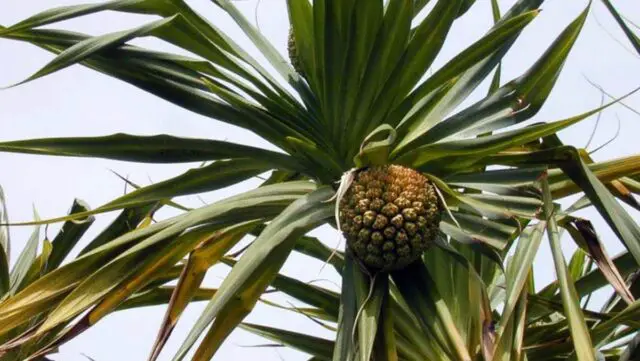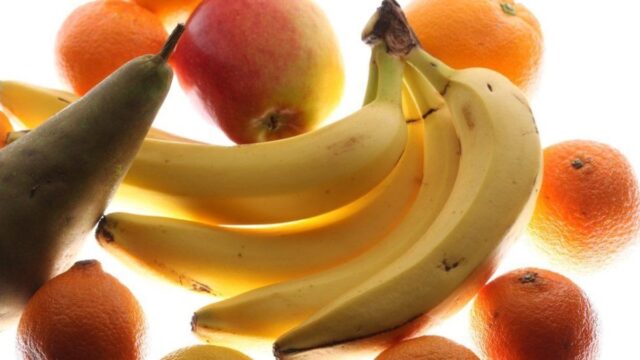Faced with the threat of the climate emergency, scientists are already working to adapt our diets to the proof of severe food crises. The war in Ukraine has highlighted the dangers of relying on a few globally traded crops. With 90% of calories coming from just 15 crops, experts at the Royal Botanic Gardens in Kew, London, are looking for ingredients to prepare the menu we will eat in 2050.
Diversifying the food we eat is one of the solutions to alleviating hunger, tackling biodiversity loss, and helping adapt to the climate crisis, says Kew Gardens researcher, Sam Pirinon. “We know that there are thousands of species of edible plants around the world that are consumed by different populations, and this is where we can find some of the solutions for these global food challenges in the future”, he comments.
Out of more than 7,000 edible plants worldwide, only 417 are widely cultivated and used for food.
Pandanus

Pandanus (Pandanus tectorius) is a small tree that grows in coastal areas from the Pacific islands to the Philippines. The leaves are used to flavor sweet and savory dishes in much of Southeast Asia, while the pineapple-like fruit can be eaten raw or cooked.
The tree can tolerate adverse conditions, such as drought, strong winds, and salt spray, says Kew Gardens researcher, Marybel Soto Gómez, convinced that the pandanus fruit “is a climate-resistant and nutritious food, which is also delicious. It would be great to diversify our menu to include foods that are culturally appropriate, nutritious, and can be grown in challenging conditions around the world”.
Beans
Beans, or legumes, are another “food of the future”. They are cheap, high in protein and B vitamins, and are adapted to a wide range of environments, from ocean shorelines to mountainsides. There are 20,000 species of legumes in the world, but we use only a handful. “There are thought to be hundreds in nature that are still unknown to scientists”, says Helen Briggs, the BBC’s environment correspondent.
The morama bean (Tylosema esculentum) is a staple food in parts of Botswana, Namibia, and South Africa, where the beans are boiled with corn or ground into a powder to make porridge or a cocoa-like drink.
Wild cereals
Cereals, which come from grasses, are also highly diverse, with more than 10,000 species, offering great potential for new foods in the future. Fonio (Digitaria exilis), for example, is a nutritious African cereal used to make couscous, porridge, and beverages, and its plant can tolerate drought.
Fake banana

The ensete, or “false banana” (Ensete ventricosum), is a close relative of the banana but is eaten only in part of Ethiopia. The fruit of the plant is not edible, but the starchy stems and roots can be fermented and used to make porridge and bread. Studies suggest that this crop has the potential to feed more than 100 million people worldwide.
Relying on a handful of crops to feed the world’s population has led to malnutrition and exacerbated the climate crisis. It is estimated that the diet of more than 4,000 million people depends only on rice, corn, and wheat, something that puts the global food system at risk. Faced with this problem, pandanus and other “plants of the future” aspire to become, in a few decades, our best allies in the kitchen.

For those who have experienced shifts in consciousness and know that more peace, joy, and love awaits in a better living environment. A bold shared vision. A living community and hub for innovation. A sustainable ecosystem for living and working. A model for the new future.
